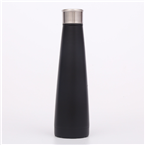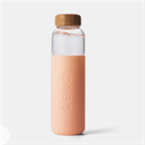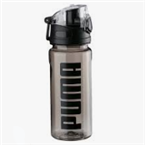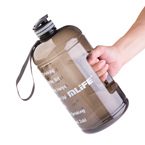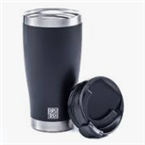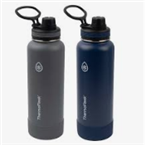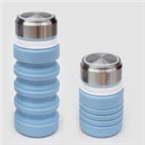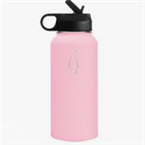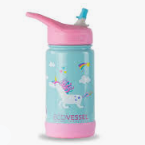Please wash the cup body with neutral detergent before use. Tighten the switch and cover in a clockwise direction to prevent leakage.
1. Clean the surface of the cup body with a soft cloth dampened with warm water and wipe with diluted food detergent. Do not use bleach, gasoline, or wire ball to clean the cup body.
2. When cleaning the inner tank, you need to wipe it with a soft sponge, cloth, and soft brush. After wiping, keep the inner tank dry. If you accidentally touch the tea stains that are difficult to wash, you can soak the cup with edible salt and scrub it with edible salt after washing. Bright as clear.
3. The body and lid of the cup are made of non-toxic plastic. Do not use high temperature disinfection to avoid deformation.
4. When pouring boiling water or other beverages, it should not be too full, so as to avoid scalding or staining other things caused by boiling water or beverage overflow when tightening the lid.
5. If the use of impure water will leave red spots similar to rust, it can be soaked in warm water and diluted vinegar for 30 minutes to fully clean it.
Instructions for use
1. The amount of boiling water added should not be too full. Excessive amount will overflow when the lid is screwed on, and there is a danger of scalding.
2. Keep out of children’s reach to avoid scalding children
3. Avoid scalding when adding boiling water.
4. Avoid knocking over, falling, collision and strong impact, which will cause the cup body to deform and reduce the heat preservation effect.
Do not add the following substances in the cup:
① Dry ice, carbonated drinks, etc. (increase in internal pressure will cause the lid to fail to open or the liquid in the cup to spray out). ② Salt or corrosive substances such as soy sauce and soup. ③ Avoid any form of direct heating.
5. Do not use alkaline bleach, metal agents, chemical wipes, etc. when cleaning. Don’t put it near a fire place such as a stove, otherwise it will cause deformation and discoloration of the resin part and reduce the heat preservation effect.


